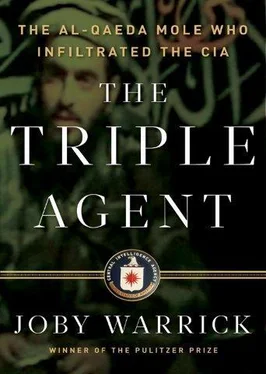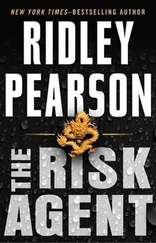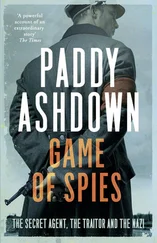5. CIA Predator carried out the first retaliatory strike: Details of the missile strikes in late December and January were provided in author interviews with two senior agency officials who participated in meetings in which the strikes were discussed.
6. “Hakimullah feared dead”: “Hakimullah Feared Dead in SWA Drone Attack,” OnePakistan online, Jan. 15, 2010, http://www.onepakist.an.com/news/top-stories/29848-hakimullah-feared-dead-in-swa-drone-attack.html.
7. the human dimensions of the disaster became fully clear: The events at Dover were described in author interviews with two CIA officials and four family members present at the time.
8. a series of private services: Private memorials described in author interviews with family members who participated.
9. “they went to another country to defend our country”: Remarks by President Obama and Leon Panetta at Feb. 5, 2010, memorial service, as recorded by CIA and posted on the agency’s Web site at https://www.cia.gov/news-information/press-releases-statements/press-release-2010/president-and-cia-director-speak-at-memorial-service.html.
Chapter 18: Memorial Day
1. proper burial for Elizabeth Hanson: Details of the service provided in author interviews with two CIA officials and a family member present for the burial on May 21, 2010.
2. they had located an al-Qaeda operative: CIA effort to target al-Masri described in author interviews with two senior agency officials privy to the details.
3. pair of longtime Washington hands: Author interviews with Thomas Pickering and Charles E. Allen.
4. the major preoccupation was the good health and safety of the man: Author interview with Thomas Pickering.
5. “The most important failure was one of imagination”: 9/11 Commission report, op. cit.
Epilogue
1. Bin Laden set up housekeeping: Details of Osama bin Laden’s hiding place, as well as the May 1, 2011, Navy SEAL raid that led to his death, were compiled from official White House and Defense Department statements and from interviews with two Obama administration officials briefed on the events.
2. “We think we’ve found a path forward”: Details of CIA discussions and activities during the six-year search for bin Laden’s courier were described in interviews with two current and two former intelligence officials with direct knowledge of the events.
3. “When you put it all together”: Leon Panetta interview with Jim Lehrer on PBS NewsHour , broadcast May 3, 2011.
4. “Once those teams went into the compound”: Author interview with Panetta, May 3, 2011, and ibid.
5. “we have rid the world of the most infamous terrorist of our time”: May 2, 2011, e-mail from Leon Panetta to CIA staff, provided to author.
JOBY WARRICK has been a reporter for the Washington Post since 1996, serving on the national and investigative staffs. He currently covers national security. A Pulitzer Prize winner, he was part of the Post ’s special investigations team for nine years and won the Overseas Press Club of America’s 2004 award for best newspaper interpretation of national affairs for his articles about international proliferation threats. Before joining the Post , Warrick was an enterprise reporter for the News & Observer of Raleigh, North Carolina, where he cowrote a series of investigative stories about the political and environmental fallout caused by factory farming in the Southeast that won the 1996 “Gold Medal” Pulitzer Prize. He appears regularly on television to discuss the CIA and the war on terror, most recently on CNN, MSNBC, FOX, and PBS.

Humam al-Balawi was a straight-A student destined for a medical career when he posed for this photograph in his senior year of high school. (Associated Press)
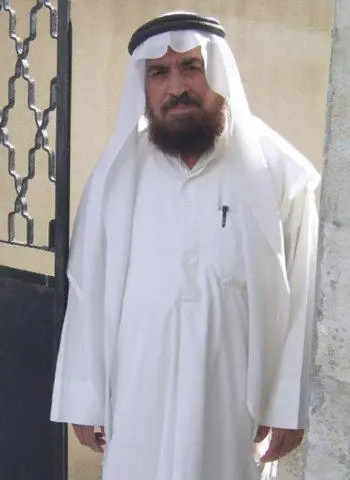
Humam al-Balawi’s father, Khalil, was a school administrator, teacher of Arabic literature, and father of ten children. When he was a boy, his family were forced to leave their home in what is now Israel after the partition of Palestine in 1948. They settled in Jordan, becoming part of a Palestinian refugee community that grew to nearly two million people. (Joby Warrick)
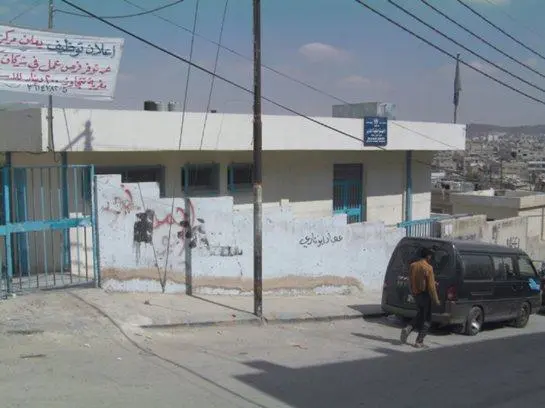
Balawi turned down more lucrative medical opportunities to work in this United Nations medical clinic in a Palestinian refugee camp on the outskirts of Amman. While tending to refugee women and children, he developed a secret identity as a jihadist blogger, writing anti-Israel and anti-Western screeds that eventually attracted the attention of Jordan’s intelligence service. (Joby Warrick)
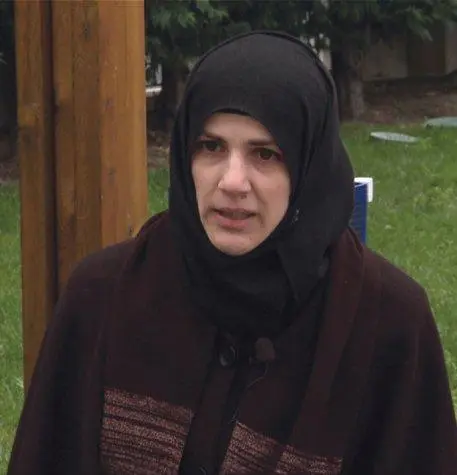
Balawi’s Turkish wife, Defne Bayrak, was a journalist for a conservative Istanbul newspaper when the two met in an online chat room. A fluent Arabic speaker, she translated a biography of Osama bin Laden into Turkish. (Courtesy of CNN)
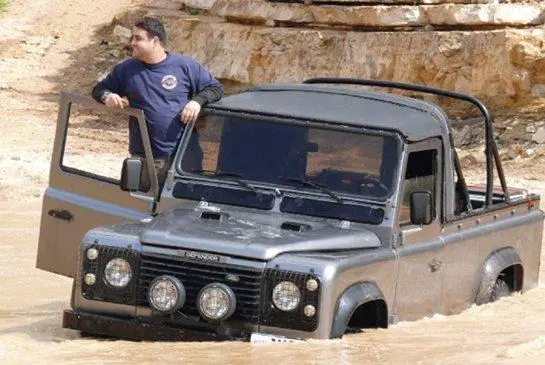
Ali bin Zeid, a captain in Jordan’s General Intelligence Department, commonly known as the Mukhabarat, was a cousin to Jordan’s king. He went on off-roading excursions to relieve the pressure of counterterrorism work. Bin Zeid took charge of the Balawi case and believed he saw potential in the young doctor to become a double agent for the West. (Courtesy of Fida Dawani)
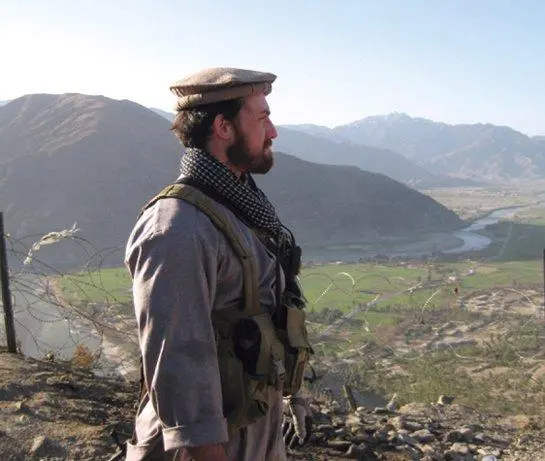
Former Army Ranger Darren LaBonte fought the Taliban in Afghanistan as a CIA paramilitary officer before moving to Jordan to work on counterterrorism cases. He became the CIA’s American case officer for Balawi. (Courtesy of the LaBonte family)
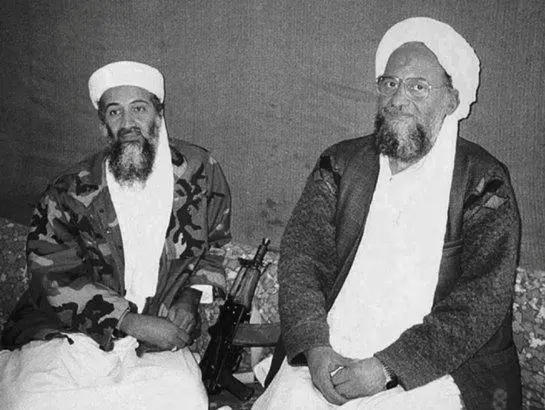
Osama bin Laden (left) went deep into hiding after 2002, becoming so isolated that his influence over al-Qaeda’s decisions diminished. His top deputy, Egyptian-born Ayman al-Zawahiri, narrowly avoided a CIA attempt on his life in 2006, and afterward taunted President George W. Bush in a videotaped diatribe, saying, “Bush, do you know where I am?” (Courtesy of SITE Intelligence Group)
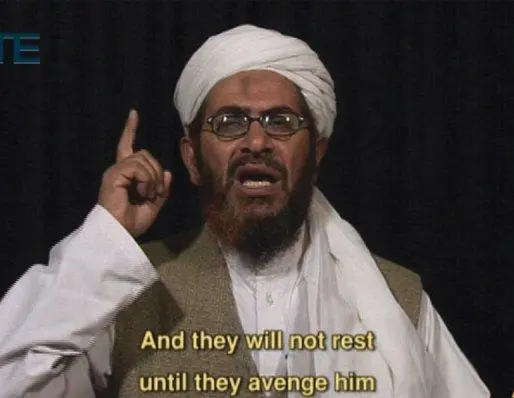
Sheikh Saeed al-Masri, al-Qaeda’s long-time financial chief, rose to take charge of the terrorist group’s day-to-day operations. He gradually came to see an opportunity in the young Jordanian doctor who turned up in Pakistan’s tribal belt in the spring of 2009. (Courtesy of SITE Intelligence Group)
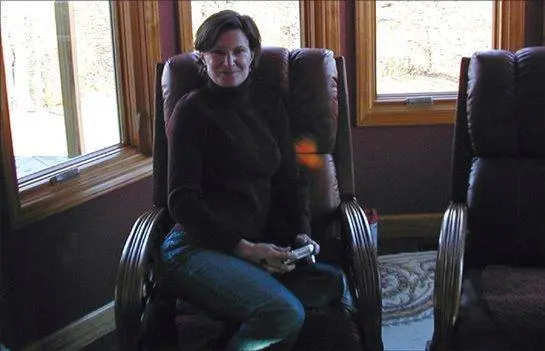
Jennifer Matthews helped lead the CIA’s search for al-Qaeda terrorists in Washington and London, and by early 2009 she was in line for her first command posting in a war zone. She had been in Afghanistan only three months when CIA officials put her in charge of the agency’s first meeting with Balawi. (Courtesy of David Matthews)
Читать дальше
